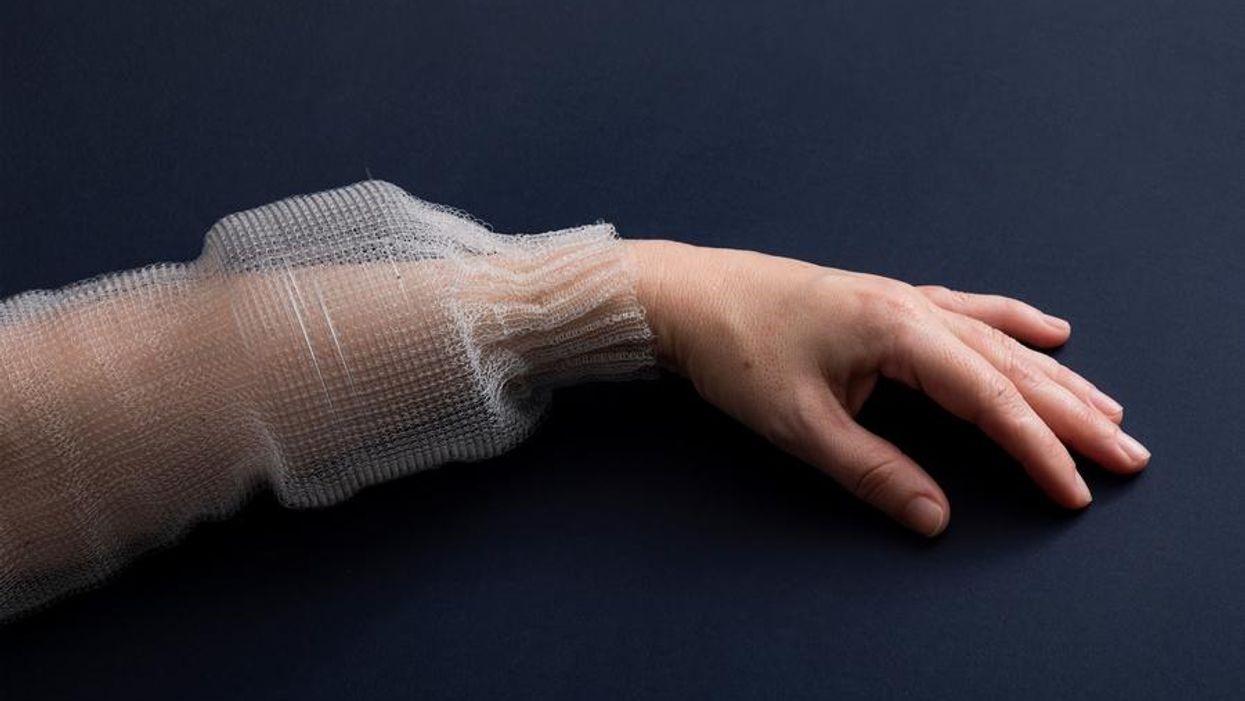
A programmable fiber has memories and can sense temperature
Researchers have created the first fiber with digital capabilities, able to sense, store, analyse, and infer activity after being sewn into a shirt.
The fibers es expand the possibilities for fabrics to uncover the context of hidden patterns in the human body that could be used for physical performance monitoring, medical inference, and early disease detection.
This work presents the first realization of a fabric with the ability to store and process data digitally, adding a new information content dimension to textiles and allowing fabrics to be programmed literally.
The new fiber was created by placing hundreds of square silicon microscale digital chips into a preform that was then used to create a polymer fibre. By precisely controlling the polymer flow, the researchers were able to create a fiber with continuous electrical connection between the chips over a length of tens of meters.
After sewing it around the armpit of a shirt, the researchers used the fibre to collect 270 minutes of surface body temperature data from a person wearing the shirt, and analyse how these data corresponded to different physical activities. Trained on these data, the fibre was able to determine with 96% what activity the person wearing it was engaged in.
With this analytic power, the fibres someday could sense and alert people in real-time to health changes like a respiratory decline or an irregular heartbeat, or deliver muscle activation or heart rate data to athletes during training.
 English
English Arabic
Arabic


